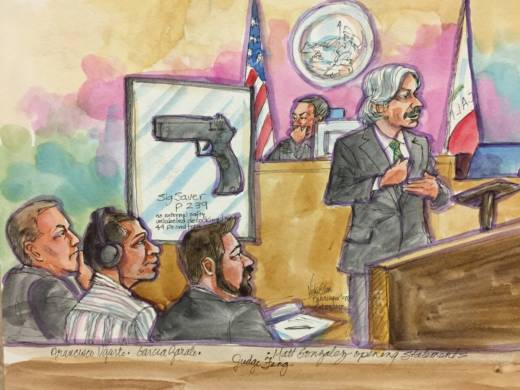Defense attorneys representing the man accused of killing Kathryn Steinle want jurors in the San Francisco murder trial to try pulling the trigger on the gun used to kill her.
It's part of their argument that defendant Jose Inez Garcia Zarate found the gun wrapped in a T-shirt or cloth and it accidentally fired as he tried to unwrap it. A single bullet ricocheted 12 to 15 feet from Garcia Zarate and traveled another 78 feet to hit Steinle in the back.
"I have handled this very firearm -- the trigger pull is extremely light," defense attorney Matt Gonzalez said. "That’s why I’m so confident that I would like the jury to be able to handle it. And anybody who believes this gun cannot fire accidentally -- I have no doubt that would settle it. There would be no issue."
The jury heard testimony Tuesday on the mechanics of the Sig Sauer P239 semi-automatic handgun from the San Francisco police criminalist who matched the gun retrieved from San Francisco Bay to the bullet removed from Steinle's body.
The gun is a smaller model in a series of .40-caliber semi-automatic pistols commonly used by law enforcement and the U.S. military. Criminalist Andy Smith testified that SFPD officers carry a larger framed version, the P226.

